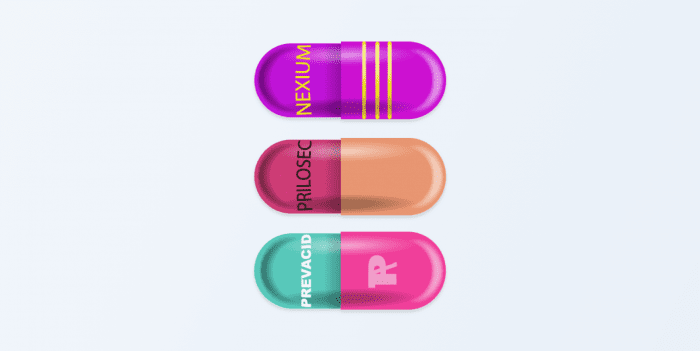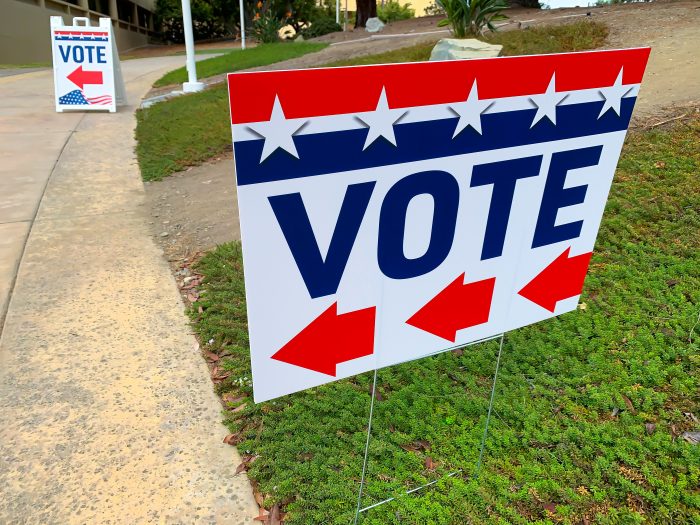By Daniel Dunaief

Most of us engage in group movements that don’t make our day. We get in a car, sit in traffic as we wait for other cars to pass or for lights to turn green, all the while surrounded by other people doing the same thing.
Group movements start at a young age, which we witness when we stop for school buses that pick up students. A line of buses then brings those students into the parking lot.
Our entertainment and discretionary decisions follow some of the same patterns as we travel by car, bus, or train to sporting events or, in our case, recently, concerts.
And yet, the experience and the excitement we share in our interactions are markedly different.
My wife and I attended a recent performance by Janet Jackson as a part of her Together Again tour.
Unlike 15 years ago when we last saw Janet Jackson at Madison Square Garden, we asked our son to take us to and from the concert. That’s one advantage of the passage of time.
We left the car about four-tenths of a mile from the arena. Walking more rapidly than the cars inching along next to us, we followed the line of people trekking along the shoulder to the entrance.
A woman leaned out of her window and asked us if we knew if the place would sell refreshments. We said we hoped so, but weren’t sure. She gave us an appreciative and friendly wave, despite the fact that we were completely unhelpful.
People wore a wide range of outfits, with some clad in T-shirts showing a younger version of Janet from earlier concerts and others adorned in dresses and high-heeled shoes.
While waiting to get inside the arena, we spoke with a couple behind us, who were celebrating their 5th wedding anniversary and her graduation from nursing school.
Once Ludacris took the stage, the crowd, which included every age group from young children to gray-haired seniors, shouted, swayed and responded to his songs.
Cooled by a light and intermittent breeze, the crowd roared its appreciation with the left side screaming at full throat to outdo the right.
A father, mother and daughter two rows ahead of us had clearly come to see Janet, sitting and eating popcorn despite Ludacris’ exhortations for everyone to stand and shout.
Before Janet took the stage, the arena displayed a photo montage from 50 years of Janet, showing the many faces of her public life.
I wasn’t tall enough to see over a man two rows in front of me. I looked around him to see the stage and the numerous screens with images of Janet and her dancers.
As I listened and watched a show in which Janet changed her wardrobe several times, I appreciated the energy such a concert must take to put on at the age of 56. She isn’t sprinting around the stage, but she still breaks into some of her iconic moves, with sweat gleaming on her forehead.
She urged the audience to turn on their phone flashlights, which created a wave of swaying bright lights along the lawn and in the seats.
While I reveled in familiar songs, I wished the heavy and loud bass and drums didn’t overwhelm Janet’s voice. I also second-hand smoked a high dose of marijuana, as the smokestack attached to the person two seats away from me must have felt as lit up as the stage by the finale.
The experience, which I shared with thousands of thrilled audience members, brought me back to the times and places where I heard these same songs decades ago. As we followed the crowd back to our cars (or, in our case, to meet our son), I could feel the glow the concert created for an appreciative audience. For a few hours, the strangers we might otherwise see as obstacles on the way to something else came together during a joyful concert.











 Welcome to the 17th edition of Paw Prints, a monthly column for animal lovers dedicated to helping shelter pets find their furever home!
Welcome to the 17th edition of Paw Prints, a monthly column for animal lovers dedicated to helping shelter pets find their furever home!



 Meet Fajita
Meet Fajita











